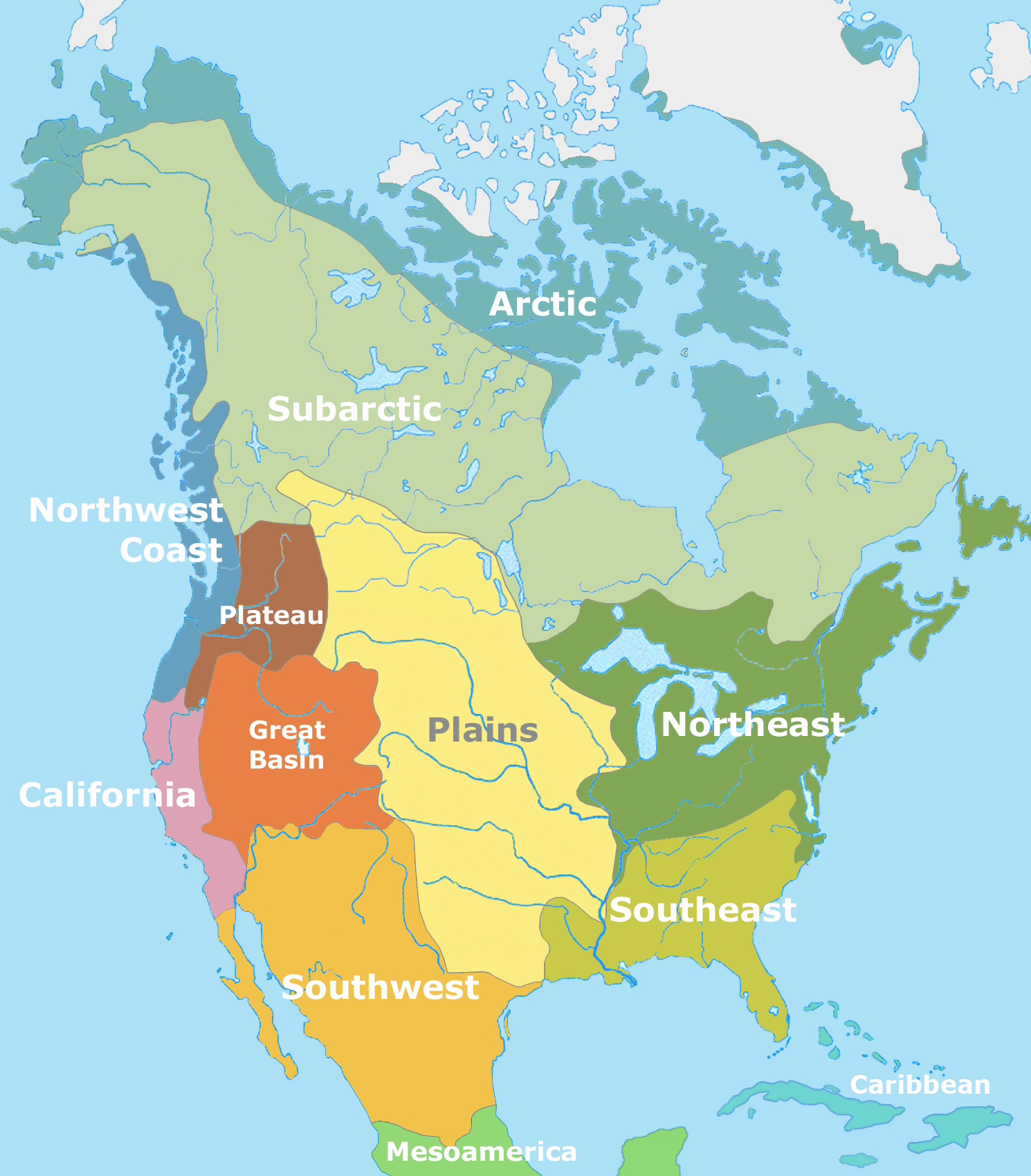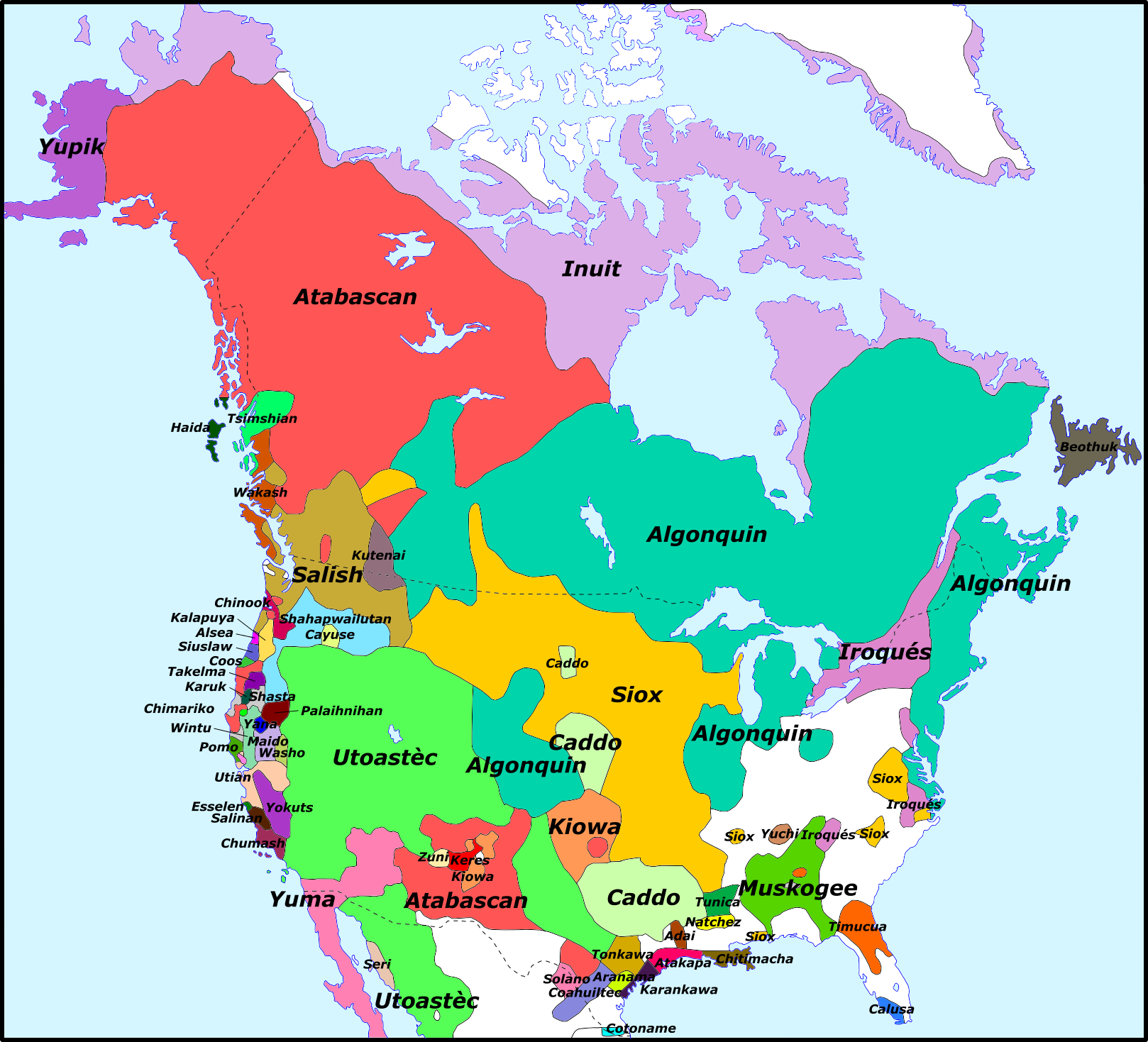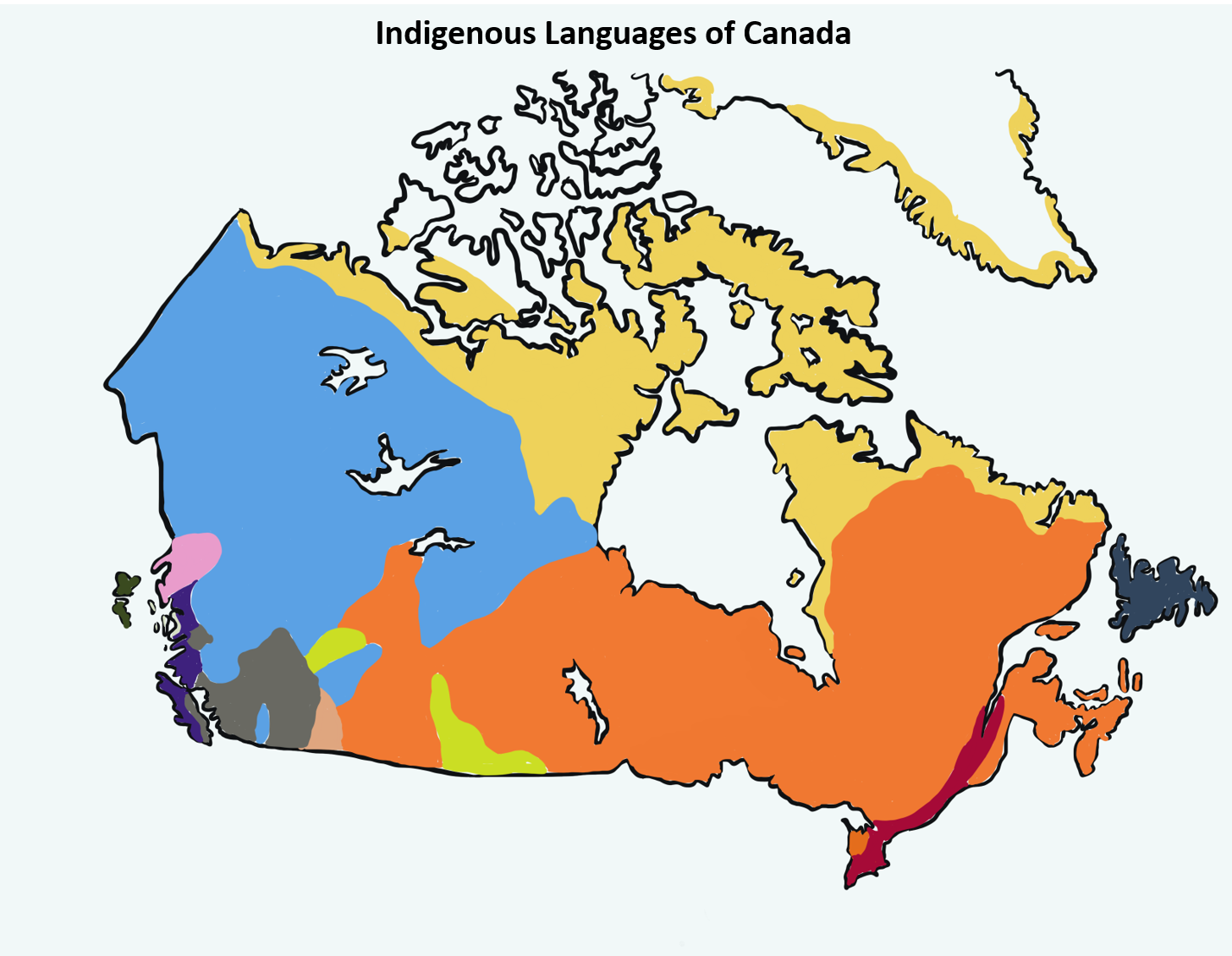1.2 Language Families
Indo-European consists of a large number of languages spread across the world. As seen in Figure 1.2, these can be broadly grouped into smaller families within the larger language family of PIE. We have English and its closest cousins German, Dutch, Swedish, Norwegian, and Frisian grouped into the Germanic language family. Languages that descend from Latin such as Italian, Spanish, French and Romanian get classified as Romance languages. Russian, Polish, Czech, Slovak and Macedonian get classified as Slavic languages. A broad ribbon of related languages spread from Eastern Turkey to India and Sri Lanka known as Indo-Iranian languages. These consist of languages descended from Ancient Persian including Modern Persian, Pashto and Kurdish and those descended from Vedic Sanskrit including Hindi, Urdu, Marathi, Bengali, Punjabi (in India), Sinhalese (in Sri Lanka) and Dhivehi (in Maldives). Some languages such as Greek, Albanian and Arminian remain isolated on their own within the larger Indo-European language family.

As we have already seen, Indo-European is not the only language family found in Europe. Finnish, Hungarian and Estonian fall within the Finno-Ugric language family. Some other language families include Afro-Asiatic (including languages spoken in North Africa and the Arabian Peninsula), Dravidian (spoken in Southern India as well as parts of Sri Lanka and Pakistan), Sino-Tibetan, as well as the plethora of language families in North America.
When talking about the Indigenous languages of North America, it is often the case that we confuse culture, tribe and language. As seen in Figure 1.3, Canada consists of six Indigenous cultural regions which codify the climate, outlook, and way of life of the people in them. If you compare Figure 1.3 with Figure 1.4, you will see that cultural regions do not necessarily overlap with language families. It is possible for Indigenous peoples of the same cultural region to speak very different languages.


As seen in Figure 1.4, there are 11 North American language families with 53 separate languages in Canada. This is a fraction of the over 296 languages belonging to 29 language families spoken north of Mexico. These languages and language families are as distinct from each other as the languages of Europe and Asia. This means we need to understand these languages with the same lens of diversity instead of grouping them under the category of Indigenous languages. The main legal categorization of these communities is under First Nation, Inuit and Métis consisting of 634 communities. These terms are continuously evolving and the term ‘First Nation’ itself consists of five sub-categories: Non-status, status treaty, status non-treaty, status Bill C-3 and status Bill C-31. These legal distinctions can overlap with cultural and linguistic boundaries.
Indigenous Languages of Canada

- Colour pink – Haida
- Haida (a language isolate)
- Colour purple: Wakashan Languages
- Haisla
- Kwak’wala
- Heiltsuk-Oowekyala
- Nuu-chah-nulth
- Nitinaht
- Colour light blue: Na-Dene Languages
- Athabaskan languages
- Eyak
- Tlingit languages
- Colour gray: Salishan Languages
- Secwepemc
- Bella Coola
- Coast Salish
- Colour light orange: Kutenai
- Kutenai (a language isolate)
- Colour green: Siouan-Catawban Languages
- Stoney
- Assinicoine
- Colour yellow: Eskaleut Languages
- Aleut
- Yupik
- Inuit
- Colour dark orange:
- Algic Languages
- Algonquian languages
- Cree
- Colour red: Iroquoian Languages
- Huron
- Laurentian
- Neutral Huron
- Colour dark blue: Iroquoian Languages
- Huron
- Laurentian
- Neutral Huron
Navigate to the above link to view the interactive version of this map.
Media Attributions
- Figure 1.2 Proto-Indo-European Language Groups by Hayden120 is licensed under a CC BY-SA 3.0 licence.
- Figure 1.3 Cultural Regions of North America by Nikater is in the Public Domain.
- Figure 1.4 Language Families of North America by Nicolas Eynaud is licensed under a CC BY-SA 4.0 licence.
A family of languages spoken in Europe, the Iranian Plateau, and the Indian subcontinent. This language family includes English, French, Spanish, Hindi, and Iranian.
A group of languages that are related by common descent from an ancestral language.
A language that is native to a region.
A collective name used to refer to groups of Indigenous peoples in what is now called Canada, distinct from the Métis and Inuit populations.
The group of culturally similar Indigenous peoples who traditionally lived in the Arctic regions of Canada, Greenland, and Alaska.
A distinct Indigenous group in Canada. Their ancestors were French and Scottish men who migrated to Canada in the 17th and 18th centuries to work in the fur trade and who had children with First Nations women and then formed new communities (Definition source: Pulling Together: Foundations Guide, "Glossary of Terms." Licensed under a CC BY-NC 4.0 licence.).

